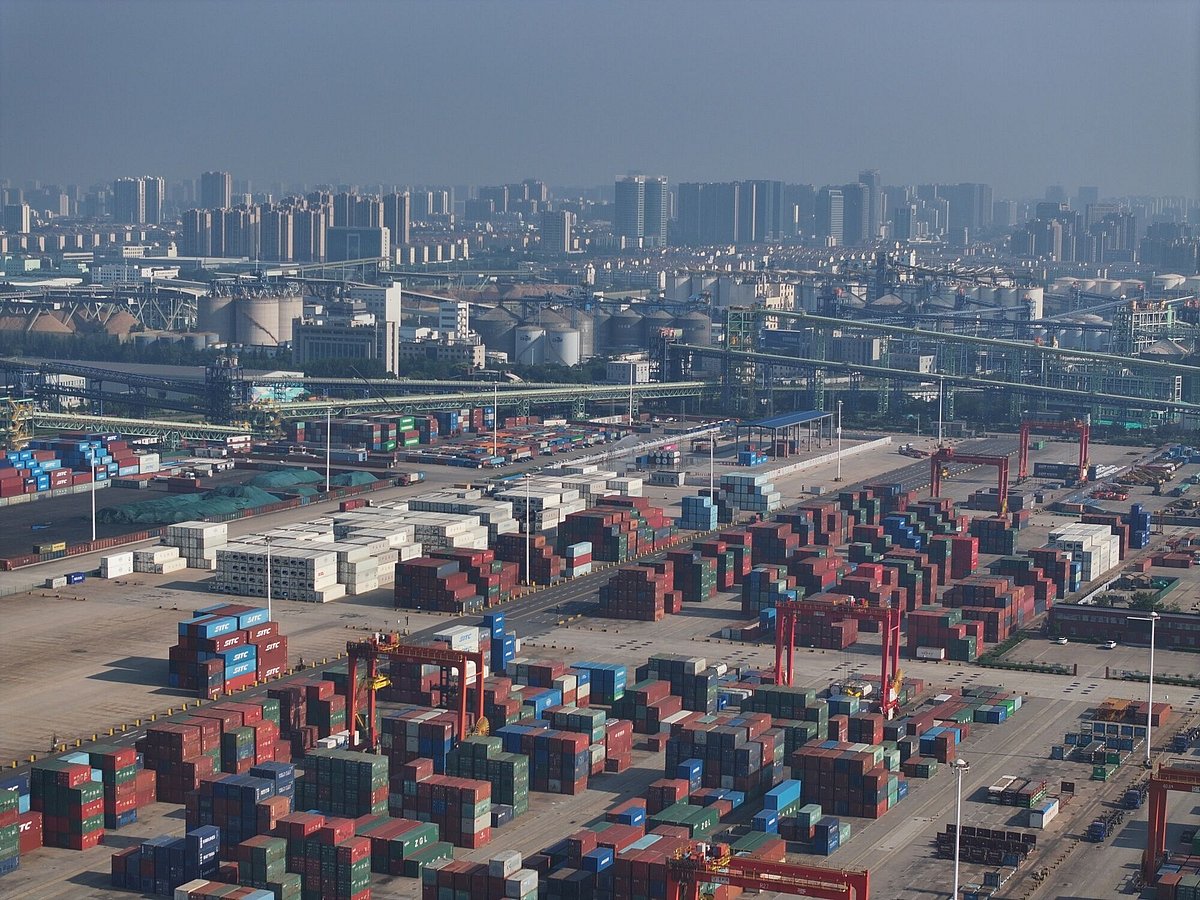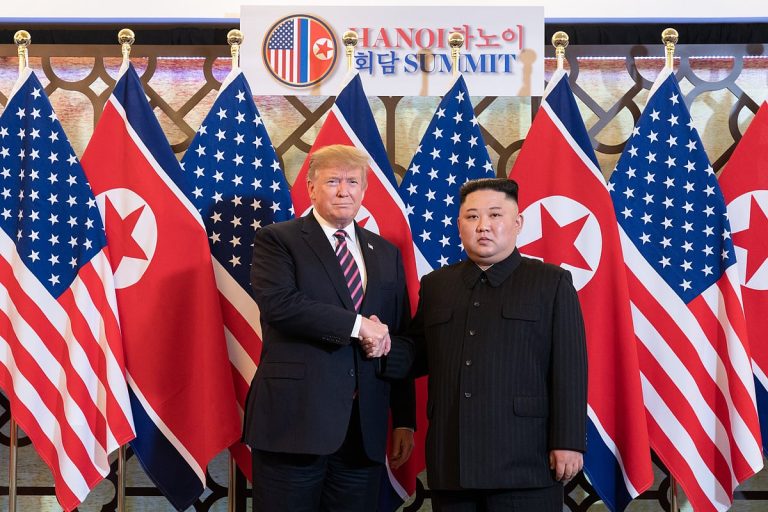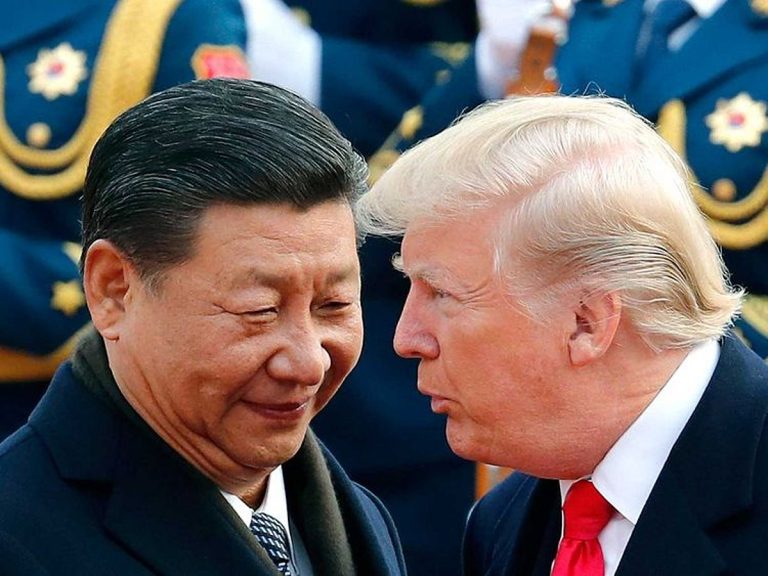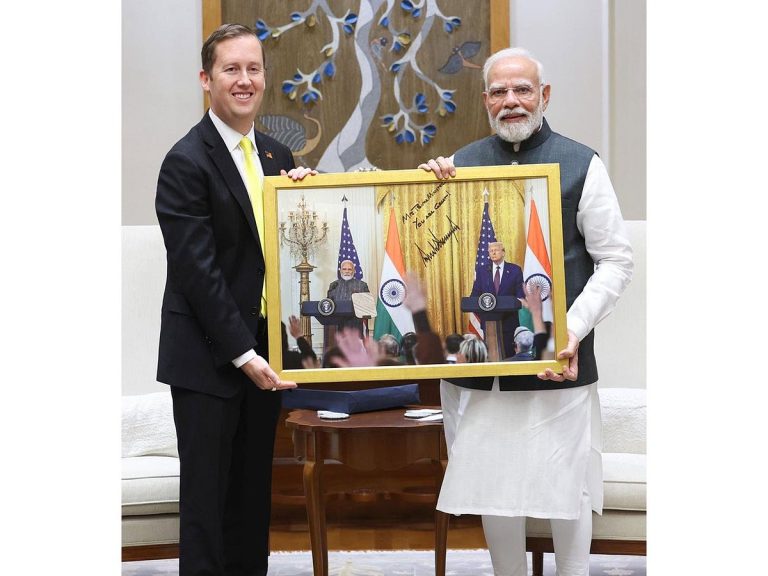U.S. Imposes Fees on Chinese Ships Amid Trade Tensions
The ongoing trade conflict between the United States and China has reached a new level as the U.S. implements special fees for Chinese ships docking at its ports. This decision, announced by the U.S. Trade Representative (USTR) in April, is part of a broader strategy to bolster the American shipbuilding industry while addressing concerns over China’s dominance in global shipping.
Overview of the New Fees
Starting Tuesday, Chinese vessels will incur a fee of $18 per net tonne or $120 per container for each visit to U.S. ports, with a planned increase of $5 annually for the next three years. Additionally, vessels owned by Chinese citizens but not manufactured in China will face a fee of $50 per net tonne, also subject to annual increases. This initiative aims to encourage domestic shipbuilding, which currently accounts for only 0.1% of the global market.
Reciprocal Measures from China
In response to the U.S. fees, China announced that all ships manufactured in the U.S. or linked to American companies will be subject to “special” duties when docking at Chinese ports. Starting Tuesday, these vessels will be charged 400 yuan (approximately $56) per net tonne, with planned increases to 640 yuan (about $90) by April 2026. This tit-for-tat approach highlights the escalating tensions between the two economic powerhouses.
Implications for U.S. Shipbuilding
The U.S. government views the revival of its shipbuilding industry as a matter of national security. With China leading in ship manufacturing, the U.S. aims to reduce dependence on foreign production. The Alliance for American Manufacturing has advocated for the fees collected to be allocated to a new Maritime Security Fund, which would support domestic shipbuilding initiatives.
Former President Joe Biden had previously tasked the USTR with investigating China’s practices in the shipbuilding and logistics sectors. The current administration, under President Trump, has continued this focus, establishing a White House Office of Shipbuilding to further promote the industry.
Industry Response
Matt Paxton, president of the Shipbuilders Council of America, expressed optimism about the potential for increased demand for U.S.-built ships. He noted that many U.S. shipyards are not operating at full capacity, and there is significant interest from international buyers, including those from South Korea, China, and Japan. The administration’s commitment to building 250 ships for the commercial fleet and a $50 billion budget for the Coast Guard and Navy has also been well-received within the industry.
Economic Context
The trade war has had significant implications for financial markets and raised concerns about disruptions to the global economy. President Trump has emphasized the need for a robust industrial base in the U.S., leading to substantial investments from both foreign and domestic companies in American manufacturing.
FAQs
What are the new fees for Chinese ships docking in the U.S.?
Chinese ships will pay $18 per net tonne or $120 per container, with annual increases planned for the next three years.
How has China responded to the U.S. fees?
China has imposed “special” duties on U.S.-manufactured ships, starting at 400 yuan per net tonne, with scheduled increases over the next few years.
Why is the U.S. focusing on reviving its shipbuilding industry?
The U.S. sees shipbuilding as crucial for national security and aims to reduce reliance on foreign production, particularly from China.
Conclusion
The introduction of fees for Chinese ships marks a significant escalation in the U.S.-China trade conflict, with both nations implementing reciprocal measures. As the U.S. seeks to revitalize its shipbuilding industry, the situation remains fluid, and further developments are likely as both countries navigate these complex economic challenges.
The maritime industry plays a critical role in global trade, with shipping accounting for a significant portion of international goods transport. The U.S. and China are two of the largest players in this sector, and their ongoing trade tensions could have far-reaching effects on shipping routes and costs. Analysts suggest that these new fees may lead to increased shipping expenses, which could ultimately be passed on to consumers.
Furthermore, the U.S. government’s focus on domestic shipbuilding aligns with broader initiatives aimed at revitalizing American manufacturing across various sectors. As geopolitical dynamics shift, the emphasis on self-sufficiency in critical industries like shipbuilding may become increasingly important for national interests. The evolving landscape of international trade will likely continue to influence policy decisions in both countries.
Also Read:
Trump Declares Gaza Conflict Over Amid Hostage Release







